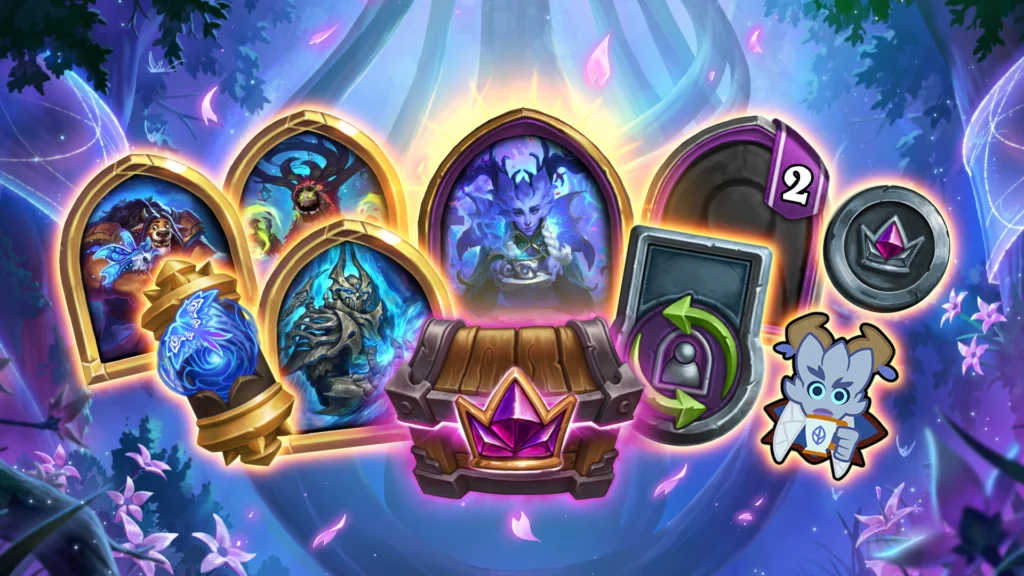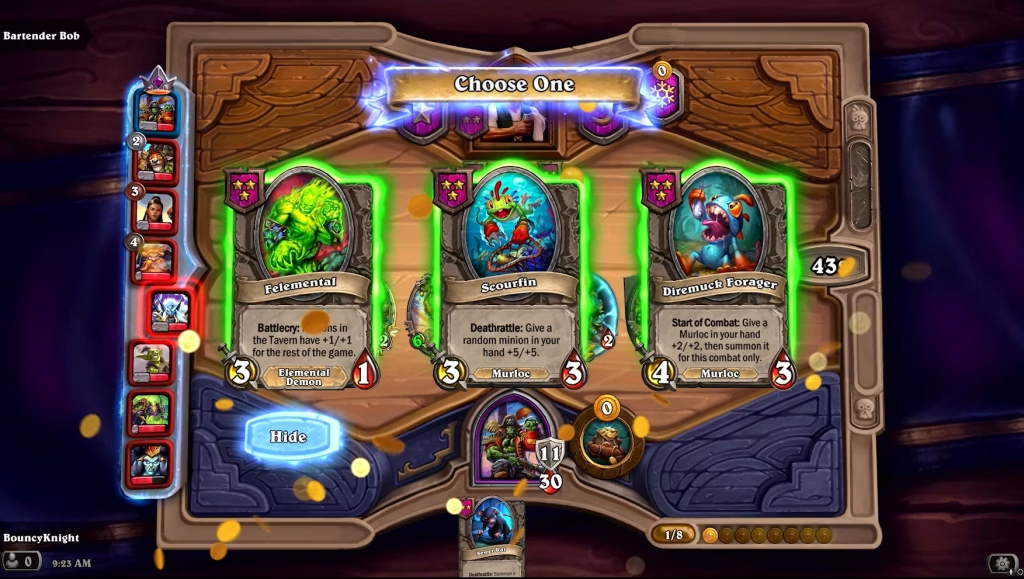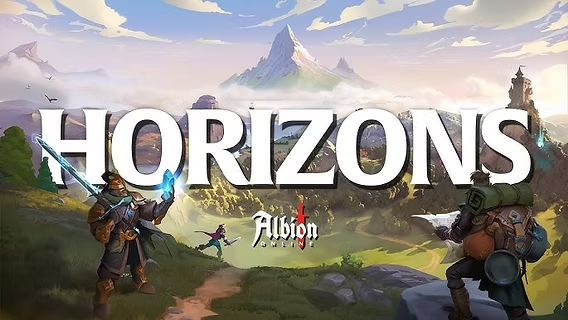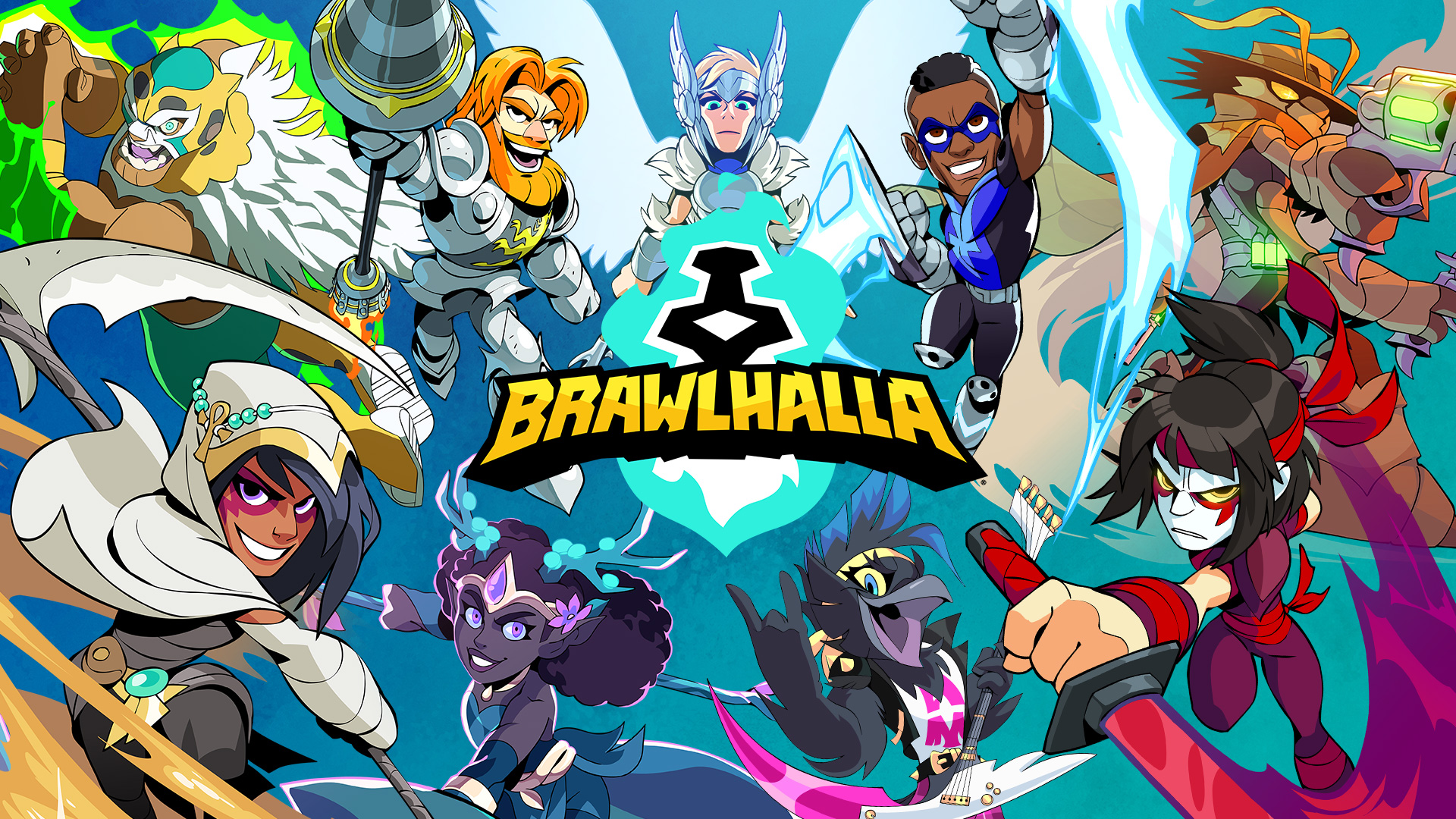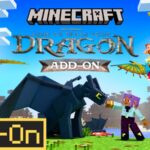Advertisement
Popular Now
Understanding the Basics of Hearthstone
Before diving into strategies and advanced techniques, it’s crucial to grasp the fundamentals of Hearthstone. The game is played between two opponents who use decks of 30 cards, including minions, spells, and weapons, to reduce their opponent's health from 30 to 0. Each player selects a hero, each with unique abilities that can influence the game. Players take turns drawing cards and playing them, spending mana to cast spells or summon creatures. Understanding mana management is key to maximizing your turns and creating powerful combos. As you play, you will learn the importance of card interactions, board control, and resource management.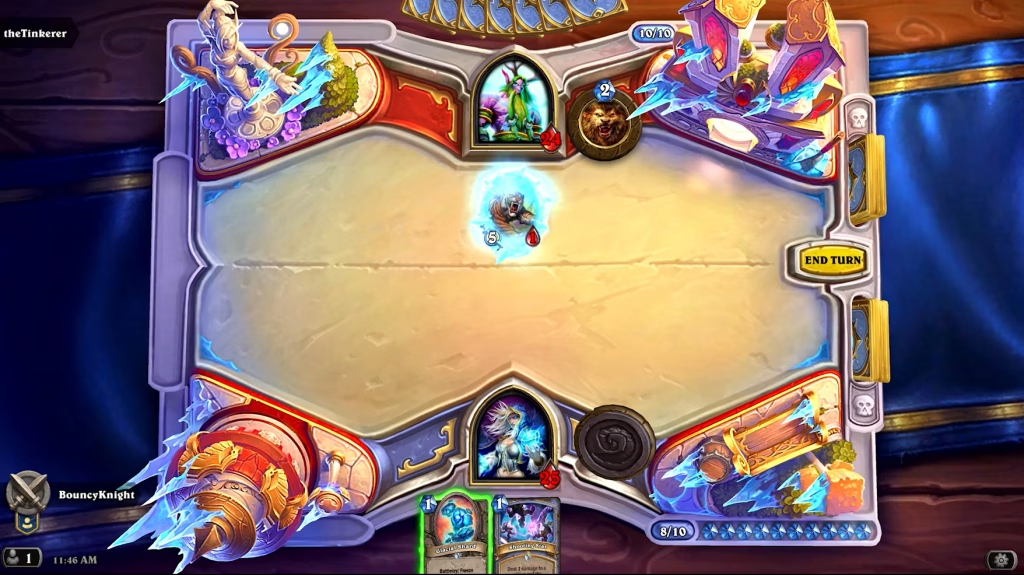 Choosing Your Hero
Choosing Your Hero
Each hero in Hearthstone belongs to one of the game's classes, such as Warrior, Mage, or Druid. Each class has its own unique cards and abilities, which can significantly impact your playstyle. When choosing a hero, consider your preferred strategy—do you enjoy aggressive plays, or do you prefer a more defensive approach?
For beginners, it’s advisable to start with simpler classes like Hunter or Mage. These classes offer straightforward mechanics and can teach you the basics of the game without overwhelming you with complex strategies.
Building Your First Deck
Once you have chosen your hero, it’s time to build your first deck. Hearthstone decks consist of 30 cards, and constructing a balanced deck is essential for success. A good deck typically contains a mix of minions, spells, and weapons, allowing you to adapt to different situations throughout the game.- Minions: These are your primary attackers and defenders. Aim for a mix of low-cost and high-cost minions.
- Spells: Spells can deal damage, control the board, or provide other advantages. Make sure to include a few key spells that complement your strategy.
- Weapons: Some classes have access to weapons, which can provide additional damage and control over the board.
Understanding Card Rarity and Types
Hearthstone cards are categorized by rarity: Common, Rare, Epic, and Legendary. Rare cards generally offer stronger effects, but they are also harder to obtain. Understanding the different types of cards, including Neutral and Class-specific cards, will help you create a more effective deck. Moreover, familiarize yourself with the different types of card effects, such as Battlecry, Deathrattle, and Charge. Each effect can change the dynamics of the game and should be considered when building your deck.Learning the Meta
The "meta" refers to the current state of the game, including the most effective strategies and decks being played. Staying updated on the meta is crucial for competitive play. Websites, forums, and community discussions can provide valuable insights into the most powerful decks and strategies. Adapting your deck to counter popular strategies in the meta can significantly improve your win rate. For example, if aggressive decks are dominating the meta, consider including more defensive cards and healing options in your deck.Mastering Card Interactions
One of the most rewarding aspects of Hearthstone is understanding card interactions. Different cards can interact in unique ways, and knowing these interactions can give you a significant advantage. For example, certain spells may trigger effects when played on specific minions. To master card interactions, practice playing different combinations and take note of the outcomes. This knowledge will not only improve your gameplay but also help you anticipate your opponent's moves.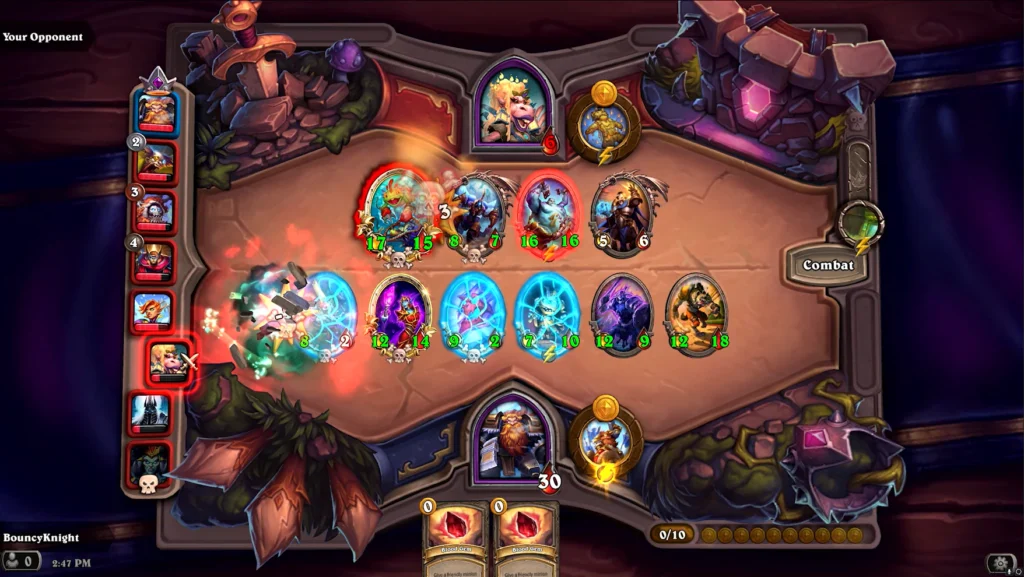 Deck Refinement and Testing
Deck Refinement and Testing
Once you have a basic deck, it's time to refine and test it. Play multiple games using your deck to identify its strengths and weaknesses. Keep track of your performance and make adjustments based on your experiences.
Consider experimenting with different cards and strategies to see what works best for you. Deck refinement is an ongoing process, and even small changes can lead to significant improvements in your overall performance.
Utilizing Hearthstone’s Resources
Hearthstone offers various resources to help players improve their skills. Online communities, tutorials, and guides can provide valuable insights into advanced strategies and deck-building tips. Additionally, watching professional players on platforms like Twitch and YouTube can offer real-time examples of effective gameplay. Participating in forums can also help you connect with other players and share strategies. Engaging with the community can provide support and motivation as you work to improve your skills.Participating in Events and Tournaments
Once you feel confident in your skills, consider participating in Hearthstone events and tournaments. These competitions can provide a thrilling challenge and allow you to test your skills against other players. Many tournaments offer rewards, including card packs and in-game currency. Competing in events not only hones your skills but also exposes you to different strategies and playstyles. This experience can be invaluable as you continue to grow as a player.Staying Persistent and Enjoying the Game
Improving at Hearthstone takes time and dedication. Don’t get discouraged by losses; instead, view them as learning opportunities. Each game provides valuable insights that can help you refine your strategy and deck. Above all, remember to enjoy the game. Hearthstone is designed to be fun and engaging, so take the time to appreciate the art, strategy, and community that make it unique. Conclusion Mastering Hearthstone requires a mix of strategy, practice, and community engagement. By understanding the basics, building a solid deck, learning the meta, and continuously refining your skills, you can become a formidable player in the Hearthstone universe. Remember, the journey is just as important as the destination—enjoy every moment of your adventure in this captivating card game.